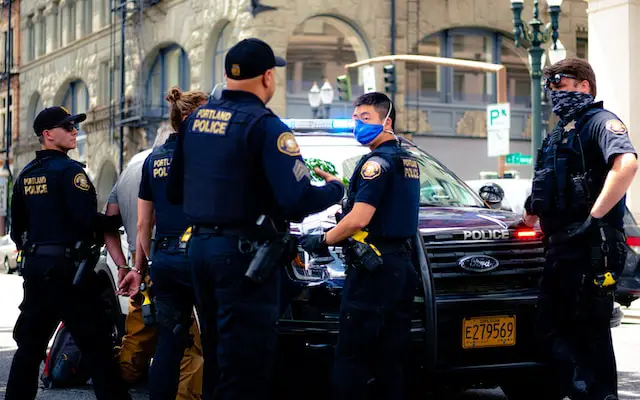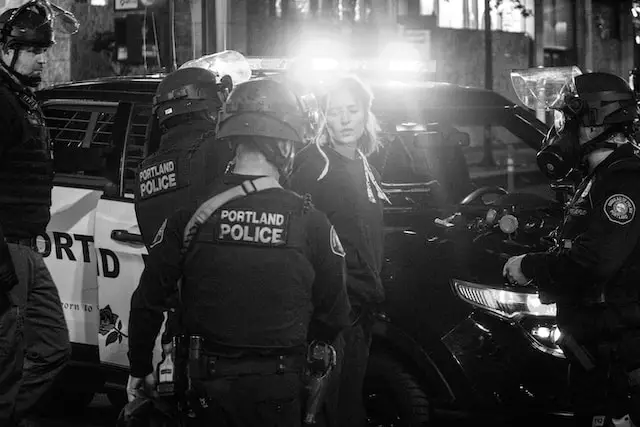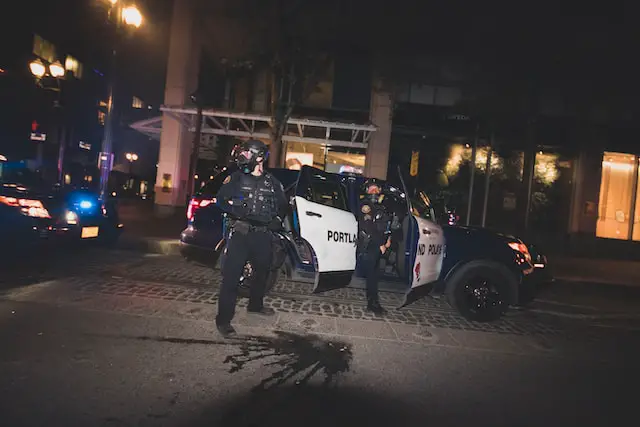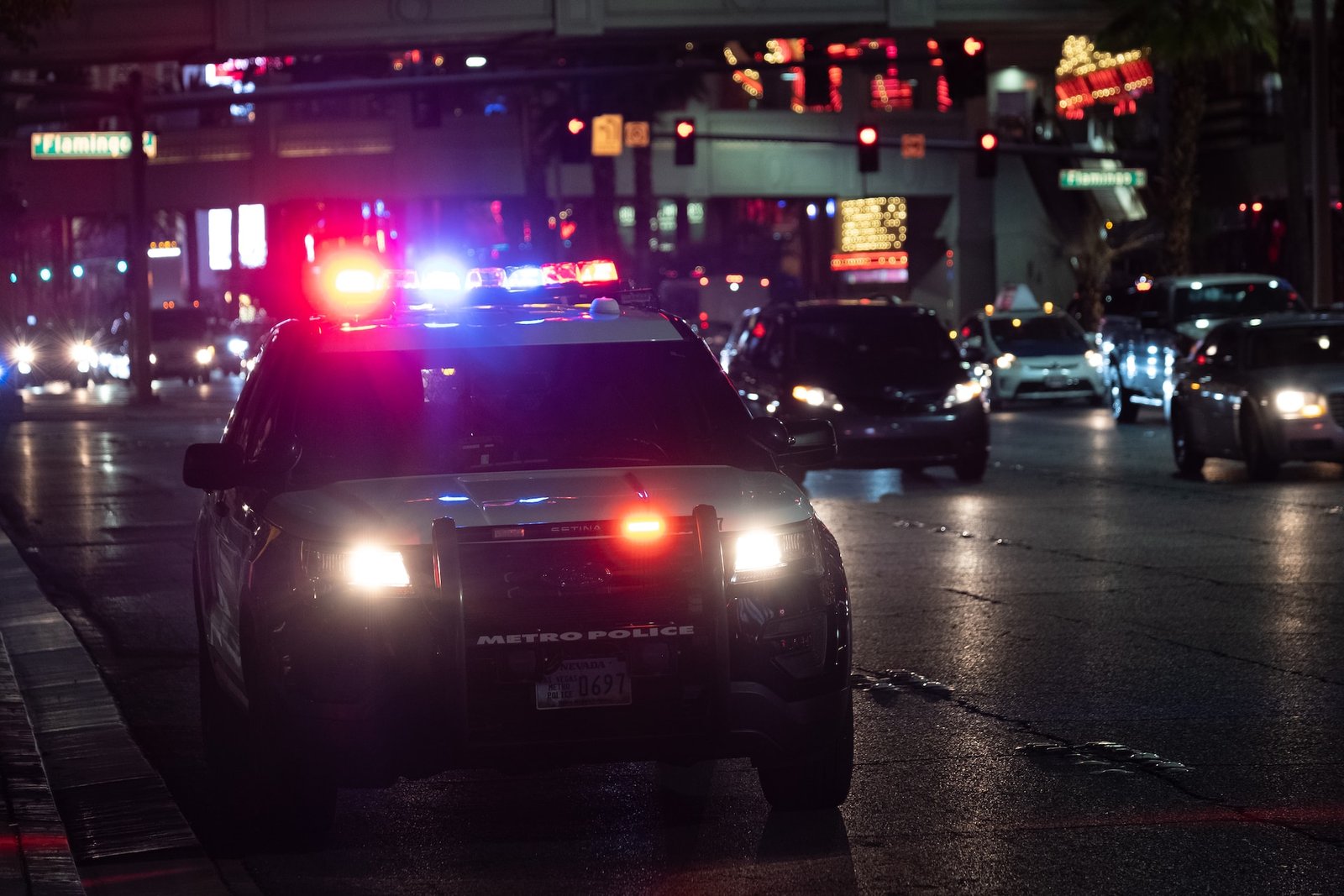Welcome to exploring cities with the highest crime rates in the United States. We’ve focused on the top 10 urban areas identified by analyzing data from the Federal Bureau of Investigation (FBI). Understanding crime rates, their causative factors, and how to mitigate them is vital for policymakers and residents.
What We Will Cover
Understanding Crime Rates
Crime rates provide a measure of crimes committed per 100,000 people, offering an effective comparison between areas of different sizes. The FBI’s Uniform Crime Reporting (UCR) program is a reliable resource for such data. However, it’s worth noting that crime data may not be entirely comprehensive due to underreporting and differences in local law enforcement practices.
Factors Contributing to High Crime Rates

High crime rates are influenced by a complex tapestry of factors, including socio-economic conditions, education levels, employment opportunities, substance abuse, police force efficiency, and unique local factors.
I. Socio-Economic Factors High crime rates often correlate with areas of low socio-economic status. When poverty and income inequality persist, residents may resort to crime, driven by desperation or lack of options. This creates a cycle of crime that is difficult to break without systemic interventions. Areas with concentrated poverty often see higher rates of both violent and property crime.
II. Education and Employment Opportunities Education plays a crucial role in shaping individuals’ life choices and trajectories. Low levels of education can limit job prospects, leading to unemployment or underemployment, which can subsequently increase the propensity for criminal behavior. By investing in education and creating employment opportunities, communities can break the cycle of crime and offer a pathway to economic stability.
III. Substance Abuse Substance abuse, particularly drugs, and alcohol, can be a significant driver of crime. Individuals suffering from addiction may turn to crime to sustain their habits or may engage in risky behavior while under the influence. The illicit drug trade can also contribute to crime, leading to territorial disputes and associated violence. Rehabilitative programs focusing on addiction recovery can help curb substance-related crime.
IV. Police Force Size and Efficiency The size and effectiveness of a local police force can impact crime rates. Understaffed or inefficient law enforcement agencies may struggle to maintain order, allowing crime to flourish. Community trust in law enforcement is also critical – when residents believe the police are there to protect them, they’re more likely to cooperate and less likely to engage in criminal activity.
V. Environmental or Local Factors Environmental and local factors such as population density, urban design, community structures, and local policies can influence crime rates. Areas with high population densities or poor urban planning can have higher crime rates due to increased opportunities for criminals. On a policy level, enforcement of minor offenses, in line with the “broken windows” theory, can help to maintain order and discourage more serious crimes.
Top 10 Cities with the Highest Crime Rates

- Springfield, Missouri: In 10th place, Springfield’s high crime rate is linked to socio-economic challenges, including poverty and education levels. Springfield crime statistics
- Cleveland, Ohio: Cleveland struggles with issues related to education, unemployment, and drug abuse. Cleveland crime statistics
- St. Louis, Missouri: Known for its high crime rates, St. Louis’ crime problems are influenced by socio-economic disparities and systemic issues. St. Louis crime statistics
- Rockford, Illinois: Rockford’s crime rates are tied to poverty, unemployment, and substance abuse problems. Rockford crime statistics
- Kansas City, Missouri: Kansas City’s crime rate is impacted by socio-economic factors and education levels. Kansas City crime statistics
- Tacoma, Washington: Despite its scenic location, Tacoma faces challenges with crime rates, partially attributed to socio-economic factors. Tacoma crime statistics
- Pueblo, Colorado: Pueblo’s crime rate is affected by economic difficulties and drug-related issues. Pueblo crime statistics
- Little Rock, Arkansas: High crime rates in Little Rock are linked to socio-economic challenges and education attainment levels. Little Rock crime statistics
- Detroit, Michigan: Detroit’s crime is closely tied to the city’s socio-economic struggles and urban decay. Detroit crime statistics
- Memphis, Tennessee: Topping the list, Memphis battles with high crime rates, influenced by factors such as education, poverty, and drug abuse. Memphis crime statistics
Comparison with Other Major Cities

While some major cities like New York and Los Angeles have managed to reduce crime rates significantly, no city is immune. These areas have invested in proactive law enforcement strategies, social programs, and efforts to boost education and employment opportunities.
| City | Crime Rank | Population Rank |
|---|---|---|
| Memphis, Tennessee | 1 | 26 |
| Detroit, Michigan | 2 | 24 |
| Little Rock, Arkansas | 3 | 117 |
| Pueblo, Colorado | 4 | 267 |
| Tacoma, Washington | 5 | 61 |
| Kansas City, Missouri | 6 | 38 |
| Rockford, Illinois | 7 | 169 |
| St. Louis, Missouri | 8 | 65 |
| Cleveland, Ohio | 9 | 53 |
| Springfield, Missouri | 10 | 163 |
| New York, New York | Not in top 10 | 1 |
| Los Angeles, California | Not in top 10 | 2 |
| Chicago, Illinois | Not in top 10 | 3 |
| Houston, Texas | Not in top 10 | 4 |
| Phoenix, Arizona | Not in top 10 | 5 |
(Note: The population rank is based on the most populous cities in the United States, and the crime rank is based on the cities with the highest crime rates. The cities with “Not in top 10” in the Crime Rank column are among the most populous in the U.S., but their crime rates do not place them in the top 10 highest.)
Possible Solutions and Measures to Reduce Crime Rates
Solutions lie in comprehensive strategies that involve effective law enforcement, social interventions, education, employment opportunities, and community involvement. Addressing crime isn’t just about law enforcement; it’s about creating environments where crime is less likely to thrive.
Small Towns In Michigan With Big Crime Rates
We found that even small Michigan towns have the same or exceed large urban areas for per capita rates of crime. In our extensive research, we discovered that these crime rates are not limited to the big cities, but also prevalent in smaller communities. Consequently, we compiled a comprehensive list of the top 10 small towns with the highest crime rates, shedding light on this concerning phenomenon. It is evident that crime is not isolated to metropolitan areas, as these statistics clearly demonstrate.
Final Thoughts About Highest Crime Rates in the United States
High crime rates aren’t an inevitable part of city living. With comprehensive strategies that address the root causes and not just the symptoms, cities can change their trajectories. It’s time for us as citizens to understand, engage, and contribute to a safer future.
References
This analysis was made possible with the help of data from FBI’s Uniform Crime Reporting program and AreaVibes. For more resources on crime rates and prevention strategies, visit National Institute of Justice and Office of Justice Programs.



